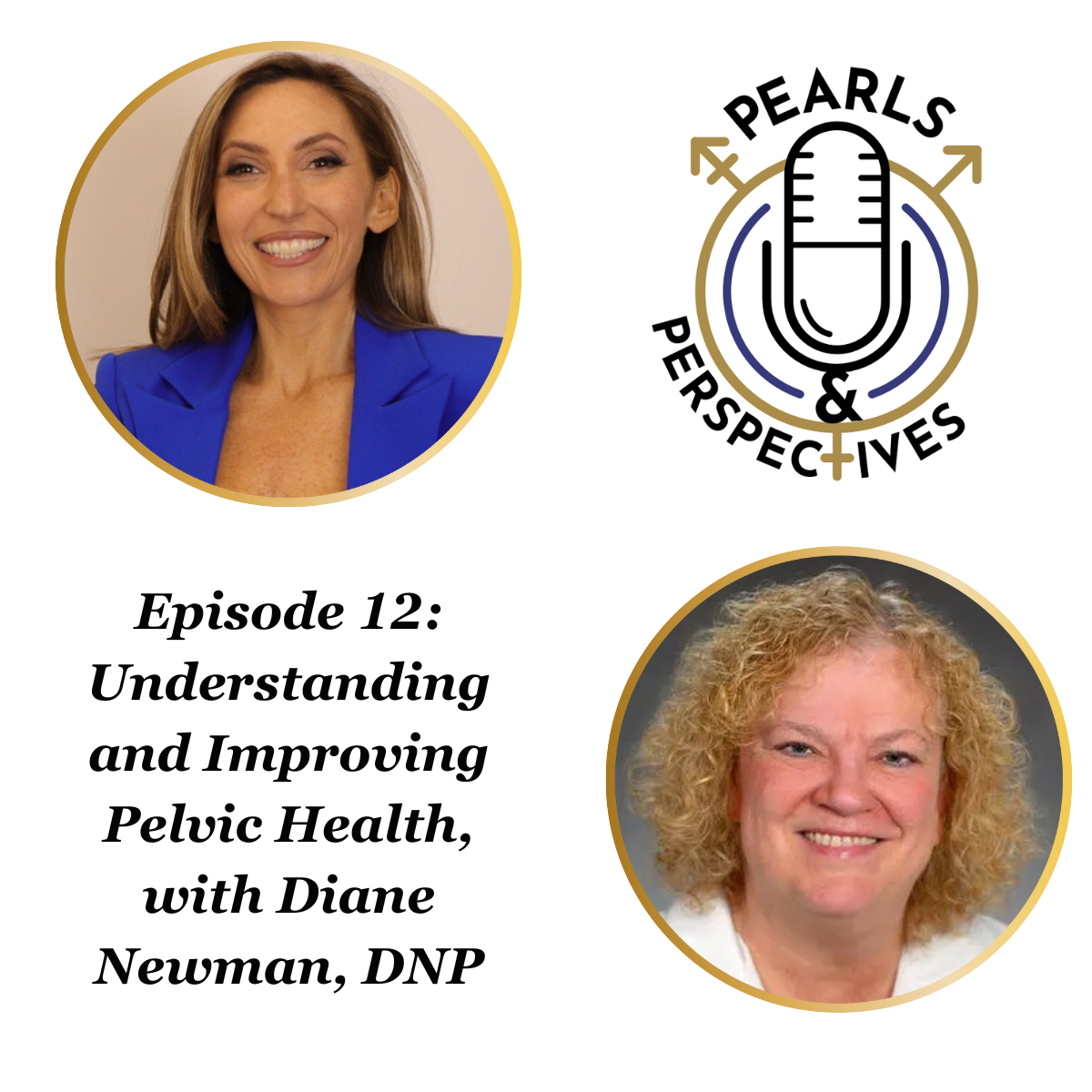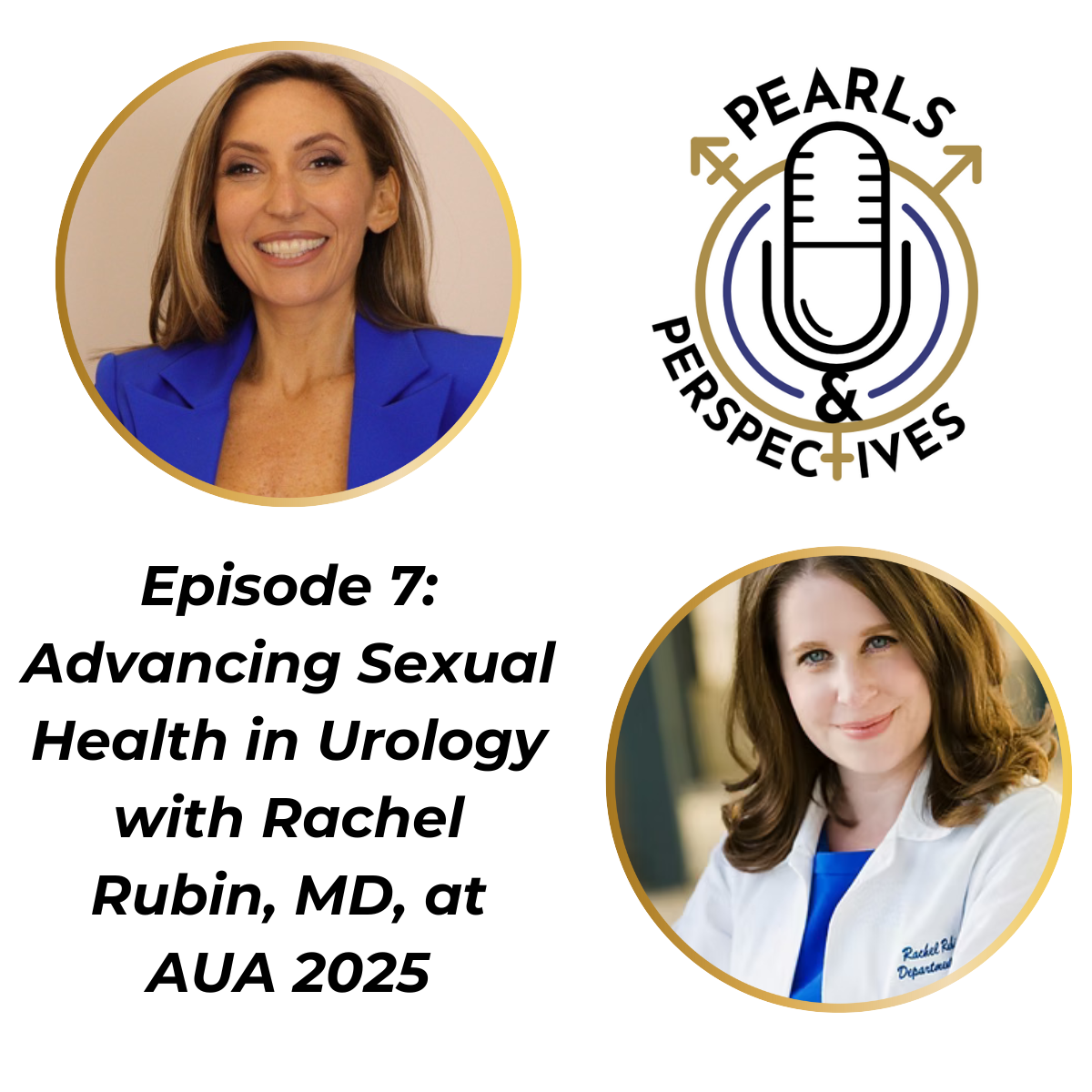Opinion
Video
Expert urges patient education on vaginal estrogen products
Author(s):
"When looking at individual vaginal estrogen products prescribed by OB-GYNs median spending per claim for Vagifem and Yuvafem decreased and median spending per claim increased for Estrace and Estring," says Alexandra Tabakin, MD.
In this video, Alexandra Tabakin, MD, discusses the Urogynecology paper “Vaginal Estrogen Prescribing and Cost Trends Among Medicare Part D Beneficiaries.” Tabakin is a fellow in female pelvic medicine and reconstructive surgery at the Donald and Barbara Zucker School of Medicine at Hofstra/Northwell, Great Neck, New York.
Transcription:
The abstract mentions a subanalysis on OB-GYN-specific trends. Did this subanalysis reveal any significant differences in prescribing patterns compared with other specialties?
We chose to perform a subanalysis on OB-GYN-specific trends because they comprise the majority of all prescribers at about 60%. Surprisingly, we observed similar trends in this group. There was a decrease in the total number of vaginal estrogen claims as well as prescribers. But 1 difference, however, was that the overall median spending per claim decreased during this 5-year study period. When looking at individual vaginal estrogen products prescribed by OB-GYNs, median spending per claim for Vagifem and Yuvafem decreased and median spending per claim increased for Estrace and Estring.
Beyond cost, are there any additional factors you believe might be influencing the utilization and accessibility of vaginal estrogen for Medicare Part D beneficiaries?
Patient education is a really important factor. Currently, the FDA requires that all estrogen-containing products carry a black box warning. When a patient goes to the pharmacy to pick up a vaginal estrogen product, they'll see that the packaging states that there's an increased risk for breast cancer, endometrial cancer, cardiovascular events, probable dementia, and these are the risks for oral estrogen, but they don't pertain to vaginal estrogen because it's not absorbed into the bloodstream in an appreciable manner. There are a lot of data to demonstrate that low-dose vaginal estrogen is safe and isn't associated with these risks. But if patients aren't properly educated, they're going to be less likely to use it.
This transcription was edited for clarity.
Newsletter
Stay current with the latest urology news and practice-changing insights — sign up now for the essential updates every urologist needs.

















